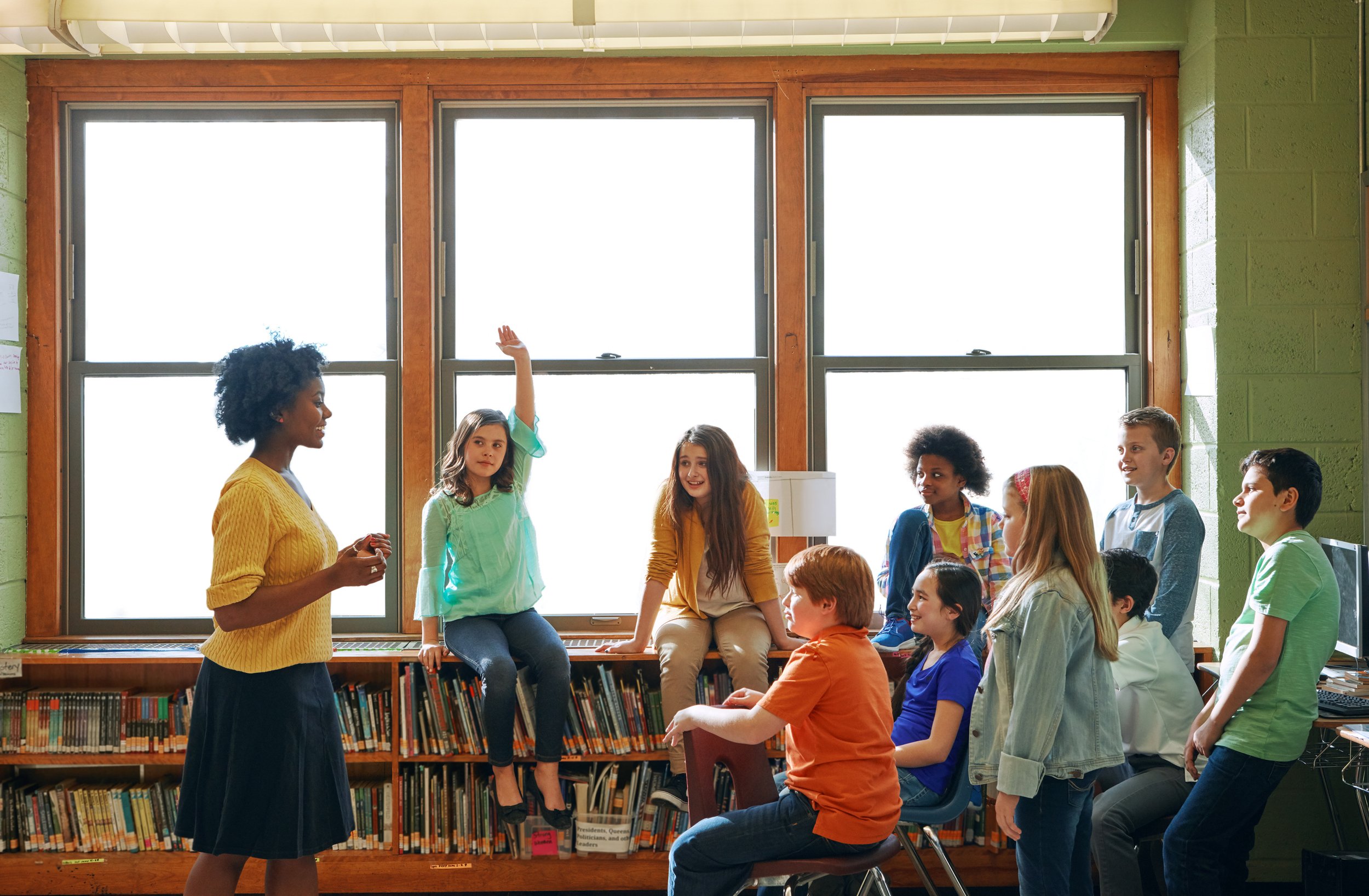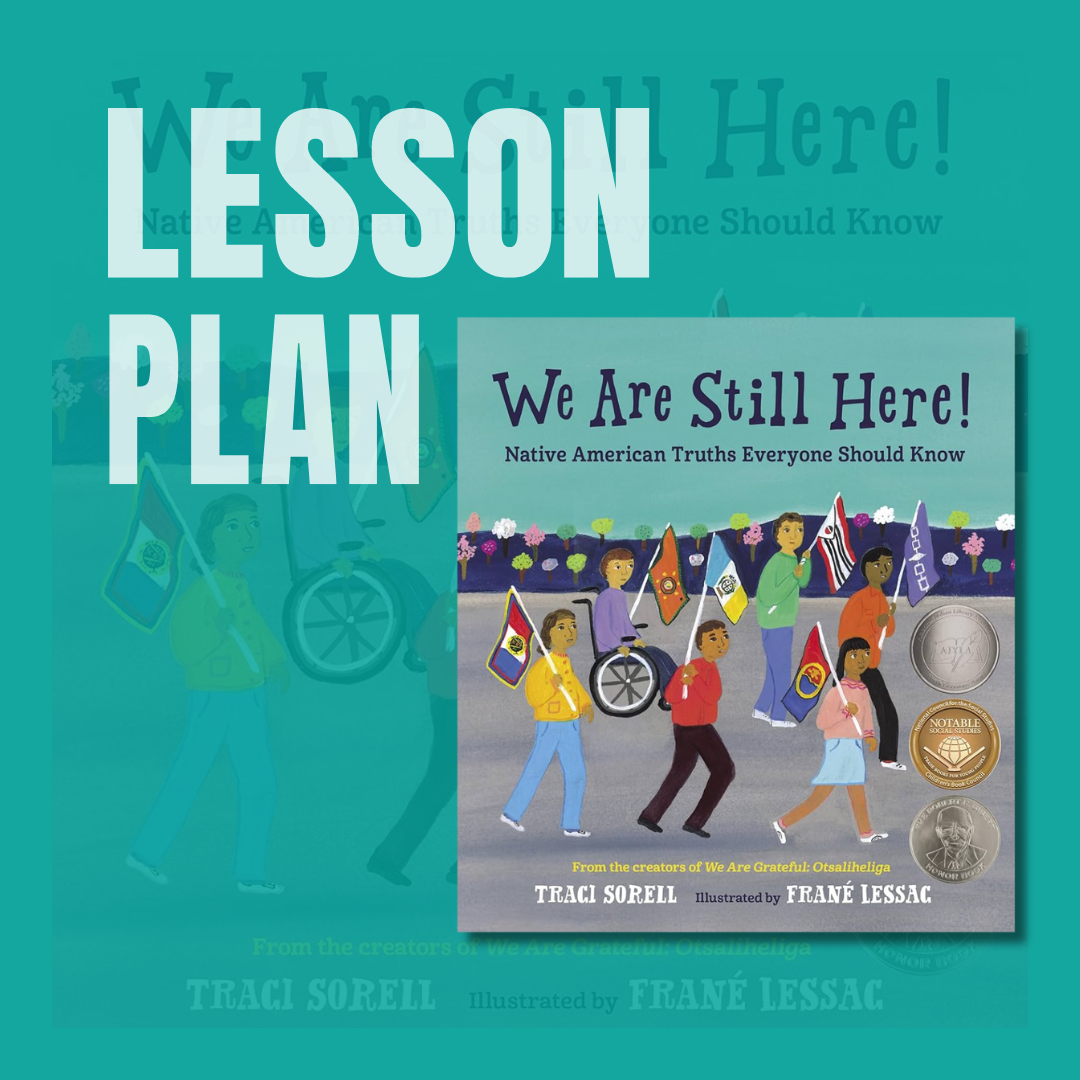
Lesson Plans for Every Classroom
What are you looking for today?

Indigenous Peoples’ Day
Indigenous Peoples’ Day was first proposed by Indigenous people at a 1977 United Nations conference. Their goal in proposing this day was to prevent bias and discrimination against Indigenous people and also to counter the inaccurate story that Christopher Columbus “discovered” the Americas. Many states, by law and proclamation, officially celebrate Indigenous Peoples’ Day. And yet, many people don’t know much about the history, cultures, heritages and traditions of Indigenous peoples. This lesson plan provides an opportunity for students to learn what Indigenous Peoples’ Day is, understand the holiday’s history and explore various aspects of Indigenous people.

What is LGBTQIA+ History Month?
LGBTQ+ History Month is commemorated every year in October and was created in 1994 by Rodney Wilson, a gay high school history teacher in Missouri. Wilson believed that a month should be dedicated to the celebration of gay and lesbian history. October was chosen to coincide with other existing traditions in October, such as Coming Out Day on October 11 and the first March on Washington for Lesbian and Gay Rights on October 14, 1979. This lesson provides an opportunity for students to learn more about LGBTQ+ History Month and its origins, reflect on aspects of LGBTQ+ history to explore and identify one aspect of LGBTQ+ history to research in more depth.

Should 16 and 17 Year Old's be Allowed to Vote?
At its core, voting is about expressing opinions. Whether it’s voting in a political election, completing a survey about a product or service, or liking a social media post, your vote is your voice. There is a long history of voting rights in the U.S., dating back to the ratification of the Constitution in 1877. As part of that history, 1971 was the year that the voting age was reduced from twenty-one to eighteen years old. There is a movement today to lower the voting age to sixteen. In this lesson, students will learn about the purpose of voting, reflect on their own points of view about whether the voting age should be lowered, and consider the pros and cons for allowing sixteen and seventeen year-olds to vote.
